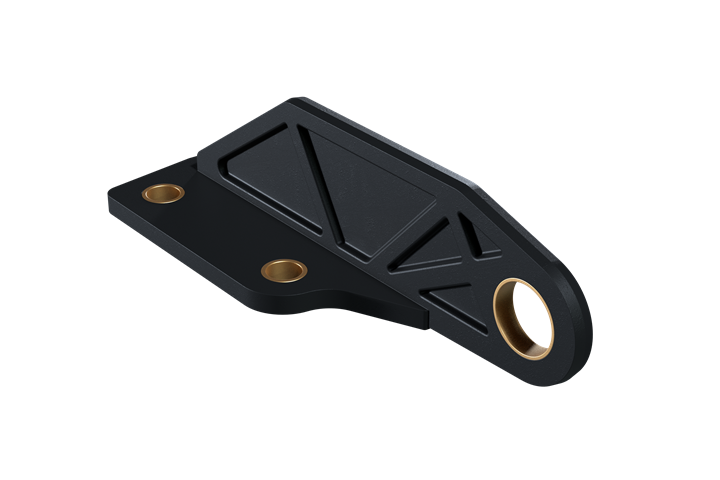Additive manufacturing/compression molding technology for next-generation composites
9T Labs’ deposition process places continuous carbon fiber only where necessary to save material, reduce waste, and more precisely control the structure of preformed composites.
In this Digital Demo, 9T Labs reviews its manufacturing technology that combines 3D printing with continuous carbon fiber reinforcement and compression molding to create strong, light components. The multi-step method delivers parts that can be cheaper and less wasteful than either conventional composites or metal machined parts, with less porosity and more repeatability than competing 3D printing solutions can provide. This presentation outlines 9T Labs’ Red Series system, which consists of the company’s Fibrify software and two machines, the Build module and the Fusion module.
The Build module is an industrial 3D printer with a deposition nozzle to place thermoplastic filament (to date, mostly PA12 and PEKK) and a fiber guide to place the carbon fiber-reinforced filament. The platform can also be used with different materials. Parts are usable out of the printer as functional prototypes, jigs and fixtures, or one-off parts, but voids and dimensional accuracy preclude them from most of the high-performance production applications.
To achieve their final density and dimensions, preformed parts go through a compression molding step in the Fusion module, capable of reaching temperatures up to 400°C and pressure of more than 20 bar. This step uses a mold tool unique to the part — typically machined aluminum for a short-run job, or stainless steel for higher volumes — to compress the printed layers and fiber together, resulting in a low-porosity, dense and strong final composite piece. Parts are said to achieve less than 1% void content through the Fusion process. Bushings, bearings and other inserts can be added to parts before compression molding and secured into place during this step. The process also allows multiple sub-parts to be assembled and fused into one part, allowing for real 3D fiber orientation.

Photo Credit: 9T Labs













